|
By Alison Goldberger When I wanted to learn how to make salami I knew travelling to Italy was the only way to do it, so I booked onto the Advanced Salumi Course in Tuscany with Sapori & Saperi Adventures. The course was incredible, and I learned so much. I was also so impressed by Erica and her company that I asked her if we could collaborate. I’m a Scottish journalist and organic pig farmer but have lived and worked in Austria since 2015. Now I assist Erica with social media and online marketing. I absolutely love telling people about my time on her course and now I am excited to share with you why I think travelling with a local expert in 2022 (and beyond) can only enhance your holiday experience! Eat in incredible restaurants...and in private homes One of the most wonderful experiences I had was to dine in restaurants uncovered by Erica after years of eating and living in Tuscany. You can be guaranteed you’re not just eating in the restaurant all the other tourists found online! We were treated to dinner at Il Vecchio Mulino, where Andrea brought out course after course of exquisite local food. Many of Erica’s courses and tours also include meals in private homes. In Capezzano I was welcomed into Gabriella’s home where I ate the best seafood I’ve ever had. The freshest seafood cooked to perfection and an extremely warm welcome – it was an unforgettable experience. Learn how to make prosciutto as the artisans do Do you have a passion for prosciutto like I do? It’s unlikely you can just stroll up to any producer and they’ll tell you how it’s done. But when you travel with a local you certainly can, and they are happy to answer all your questions. When learning all about salumi in Tuscany I visited numerous artisans and gleaned the knowledge they’ve garnered over a lifetime. On these tours you’re also supporting these very small businesses, creating wonderful slow food with a passion you’re unlikely to find in large-scale producers. What’s more, you get to taste their incredible products! Savour products from small-scale producers You want to visit a local organic olive oil producer, or have always wondered how chestnut flour is produced, or perhaps gelato is more your thing? These were all requests during my course and every one was fulfilled! I took home a bag of chestnut flour after seeing how chestnuts are dried and milled. I sampled the best pistachio gelato at Cremeria Opera in Lucca and bought the tastiest new-season olive oil from Claudio Orsi of Alle Camelie. Erica has built up so many contacts across the region and she is happy to help visitors find what they’re looking for.
Erica drove us during our course so she was always on hand to answer questions and give us explanations about what we were seeing as we travelled. It was information born from a passion for Tuscany and gave us a wonderful insight into the history of the region as well as what it’s really like to live there. This is a feature of all tours and courses from Sapori & Saperi. For instance, on the Tastes & Textiles tours participants learn all about Lucca’s rich tradition of producing textiles. Meeting local craftspeople provides a wealth of knowledge you couldn’t get elsewhere! Did someone mention gelato I know one of my first thoughts when I think of Italy is gelato. We were taken for a quick pit-stop to sample some delicious gelato. It was actually in the Cremeria used for the Art & Science of Gelato course run by Sapori & Saperi. During that course participants immerse themselves in the icy world of Mirko Tognetti of Cremeria Opera Naturali per Gusto, Lucca. They learn his secrets and the science behind gelato and how to create their own flavours. Sounds like an absolute dream to me!
If you landed here by chance and would like to be notified of future posts, you can sign up here. If you’d like periodic news about our tours and courses, sign up here. This blog was originally published on Slow Travel Tours on 20 January, 2019.
0 Comments
The mulino is a building from the past that is becoming part of the future of the Garfagnana. Chestnut flour used to be so important in the local diet that there were seven water mills in the tiny valley below our village and many hundreds more throughout the Garfagnana. Today there is barely a trace of them left. However, with diagnoses of coeliac disease and wheat allergies on the increase, chestnut flour, completely free of gluten, is enjoying a comeback, and that from the Garfagnana has attained the exalted status of DOP (Protected Designation of Origin) from the EU. This may not seem very momentous, but it has raised the prestige and price of a homely commodity, making it more attractive and worthwhile to produce. To meet increased demand, the early 17th-century mill at Fabbriche di Vallico, was recently restored to its former glory, and several others have also been refurbished. In all the water mills I’ve seen in this area north of Lucca, the grindstones are driven by horizontal water wheels, mounted in beautiful arched stone chambers directly below the grindstone, one wheel per millstone. At the outer ends of the wheel spokes are shallow metal cups, which used to be made of chestnut wood. Water shoots out of a narrow channel at the back of the chamber, striking the cups and turning the wheel which in turn drives the huge circular grindstone. The lower stone is fixed, while the upper stone spins and can be raised or lowered to change how fine or coarse the flour will be. The type of stone from which the grindstone is made and how it’s dressed also determines the texture of the flour. Having harvested, dried and cleaned our chestnuts, we drive along the beautiful Turrite River valley to Fabbriche, where Domenico reverses the car up to the door of the mill. We enter onto the welcoming warm upper floor of the mill. The miller keeps two wood-fired stoves burning to maintain a low humidity and prevent the chestnuts from re-hydrating and squashing into a paste when they’re ground. By now Marco has arrived too, and he and Domenico carry in the sacks on their shoulders and pile them onto a large set of scales with weights that the miller slides along the balance arms. Each sack weighs about 40 kg (88 lb). The miller used to charge in kind for his services by taking a small percentage of the flour to sell directly from the mill. This barter system is now illegal; it didn't allow the government to levy taxes on the miller's income. Since the mill grinds only chestnuts to avoid gluten contamination from wheat and other cereals, it’s only open from the end of November when the chestnuts are ready for milling until all of this year’s crop is ground. Now that I’m writing this, I wonder whether he’ll finish by Christmas, but I know that if you go in spring or summer, it’s shut up tight. Even though four grindstones work from morning to night every day except Sunday, there’s a big backlog of chestnuts waiting to be ground. I feel proud of our white hemp sacks with their blue embroidered initials which are much handsomer than everyone else’s utilitarian plastic sacks. I can’t wait to go downstairs where the flour is being ground, but before descending the steep, narrow wooden steps, the miller shows me the chestnut-wood boxes, one per grindstone, which are actually chutes into which he pours the chestnuts, and through which they descend into the hoppers that feed the chestnuts unbelievably slowly, only one or two at a time, into the hole in the centre of the upper grindstone. Downstairs each pair of grindstones is housed in its own wooden (chestnut, of course) cupboard, with doors to keep the flour from flying out and getting into the miller's lungs. The miller goes to the stones at the far end which he had been setting up with a new batch of chestnuts when we arrived. He pulls a lever to start the flow of water, which we can’t see from here, starts the hopper vibrating, turns a sort of steering wheel to adjust the height of the upper stone and reaches over to feel the fineness of the flour as it sprays out from between the two stones. It’s not right. He turns the wheel a little more and feels the flour again. After a couple more tests, he’s satisfied that it’s exactly right and closes the doors to the cupboard. I notice a sign on the wall next to the cupboard on which ‘biologico’ (organic) is written. I shout over the roar of the four whirling stones: ‘Why is only this one organic? Aren’t all chestnuts organic?’ Both Domenico and the miller rub their thumbs and forefingers together in the Italian sign for money. The miller explains: ‘This one is for producers who have paid for the organic certification so that they can sell their flour at a higher price, but yes, I’m right that all chestnuts are organic. No one sprays or fertilises chestnut trees.’ He leads us to a plastic sack of flour from the certified chestnuts and tells us to take a pinch and taste it. Not bad. Then he takes us to a sack of flour ground from uncertified chestnuts from Coreglia. We sample it. The sweet chestnut-y flavour explodes in my mouth. The implication is that people who go through the bureaucracy and cost of getting organic certification are more interested in money than in the flavour of the flour. They won’t have lavished enough care on the drying, cleaning and sorting processes as we at Casabasciana did. I think to myself that there are probably some who care passionately about the flavour and some who don’t in both camps. You have to taste the flour before buying and when you find one you like, stick to that producer.
The jury is still out on our own flour. When I left for England a week later, it wasn’t yet back from the mill. As soon as I return next week, I’m going straight to Ebe’s to try it. By now the chestnuts of Casabasciana had had two months of care lavished upon them. What with collecting them, drying them, shelling them and sorting and cleaning them, they should have been feeling properly mollycoddled. Now was the big moment, the first dry sunny day for a week, when they were to be taken to the mulino, the water mill, to be ground into flour. There were 12 sacks of chestnuts ready for the first trip, so we have to go in two cars. Marco goes ahead to stop for petrol on the way, and I accompany Domenico in his Suzuki 4×4. The journey is as interesting as the destination. He describes something of his life when he was a boy growing up at Castelluccio in the ‘50s and talks about the evolution of the landscape and movements of people in those days. When he was 10, he went to school every morning in Casabasciana, a 45-minute walk along a woodland path, and returned home again at lunch time. Children didn’t play in those days. In the afternoon he went out on the mountain with the sheep. They had 15, as did most families, and his mother Olga made pecorino cheese and ricotta from their milk. What with chickens, rabbits and a pig, chestnuts, wheat and vegetables, plus a couple of horses for transporting goods, they were virtually self-sufficient. I ask whether they felt life was hard. He replies, ‘We didn’t know anything else. We were happier than people are now. Now everyone needs a car, a television, all those things that require money. It was simpler then.’
Franca gets to the community hall at 7.30 every morning to sort chestnuts. When I arrive around 9.00 there are already four family members around the table. Now that I’ve discovered the therapeutic value of talking, I decide to find out more about them. There’s Olga who is 85 or 86. I think of her as Domenico’s mother, rather than the other way round, because she lives in her son’s house, opposite mine, with him and his wife Ebe. Olga walks with a stick, which seems totally unnecessary to me. I met her once coming along the woodland path from Castelluccio, the farmstead where she raised her family, which is a brisk 45-minute walk from our village. Her stamina at the chestnut table is unbeatable, and her speed and accuracy of sorting puts the rest of us to shame. I reckon she could do all 24 sacks of them as quickly by herself and she just tolerates us to make us feel needed. I ask her whether anyone is living at Castelluccio now. No, no longer, but they used to cultivate all the land there. She doesn’t sound sad or nostalgic. Times change, and it wouldn’t be practical to live there now. Then I ask about a couple of houses farther out, one of which has recently been restored. Do I mean Lupinaia? Well, I don’t know. I didn’t know every house had a name. Someone asks whether I discovered Surignano. The house with the beautiful Roman arches? Some English people bought it a few years ago, but never restored it. They think they bought it on the internet and when they arrived and saw the state it’s in, abandoned in the midst of the chestnut wood, they lost heart. The others now start throwing names into the ring and try to describe to me where they are — houses, churches, water mills, streams. The conversation becomes animated. Names are repeated, rolled around in the mouth to recapture the flavour of them. Each place is like a family member with its own personality. The landscape is a patchwork of names. Nowhere is omitted, nowhere is nameless wilderness.
|
Email Subscription
Click to subscribe to this blog and receive notifications of new posts by email. AuthorErica Jarman Categories
All
Archives
October 2023
|
|
copyright 2017 sapori-e-saperi.com | all rights reserved
|
Website by Reata Strickland Design

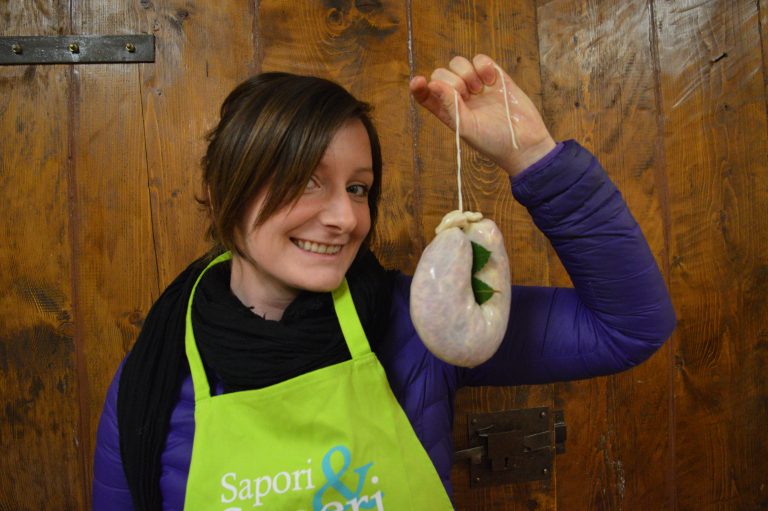
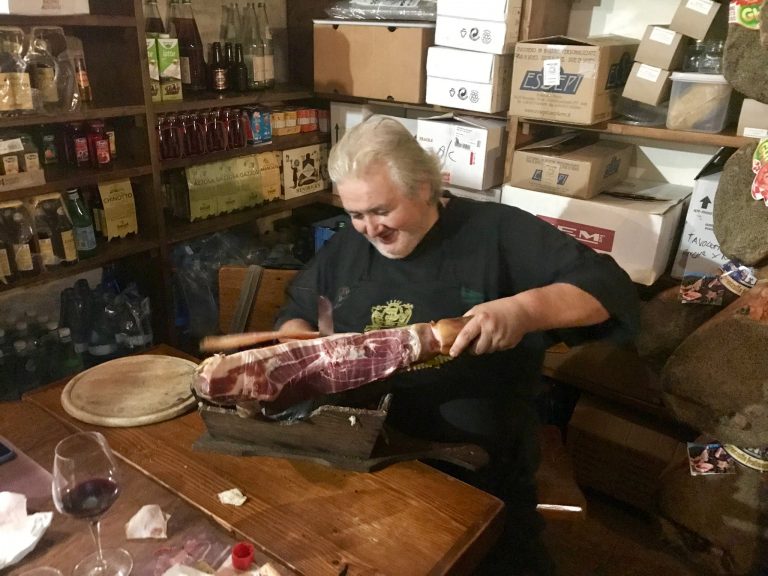
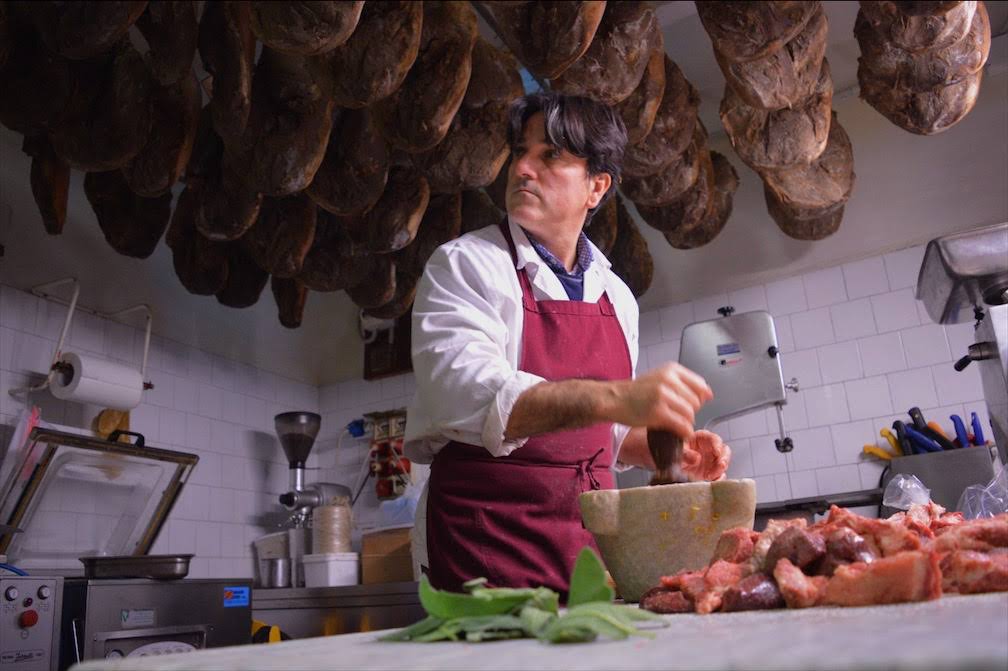

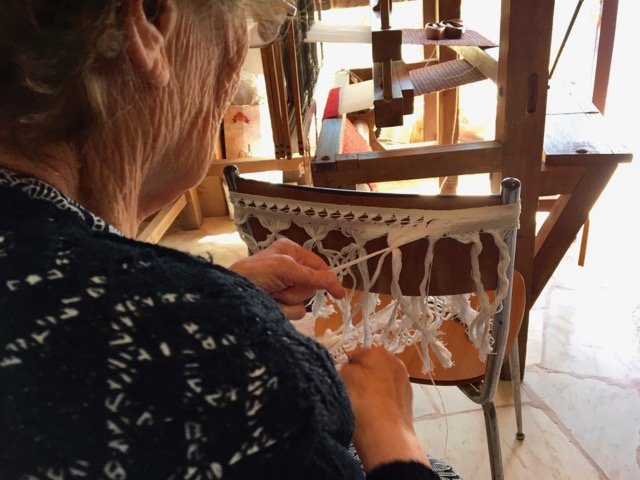
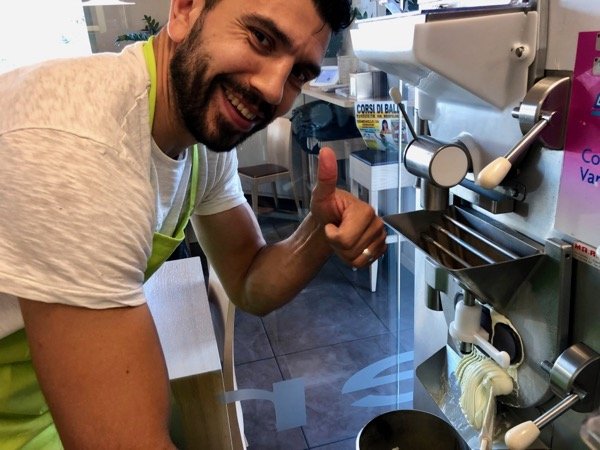
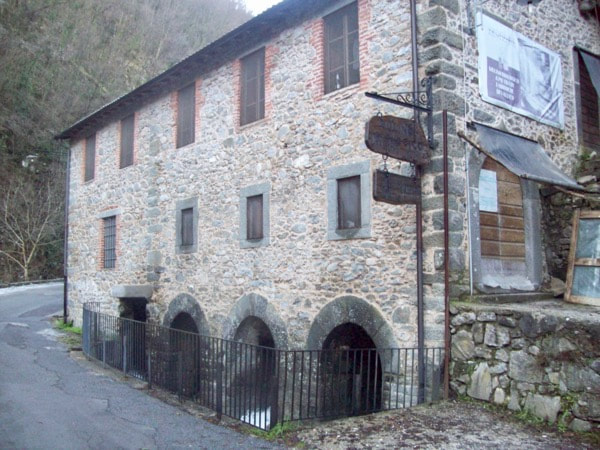
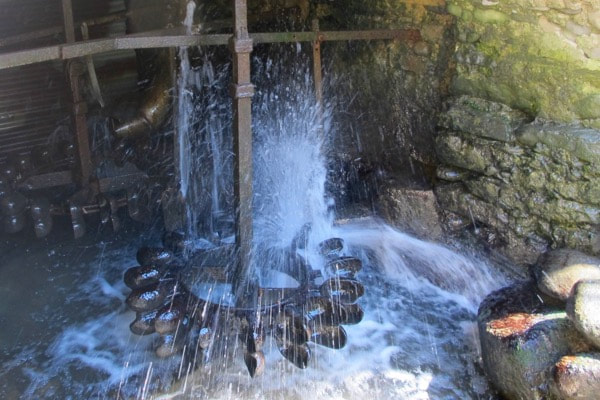
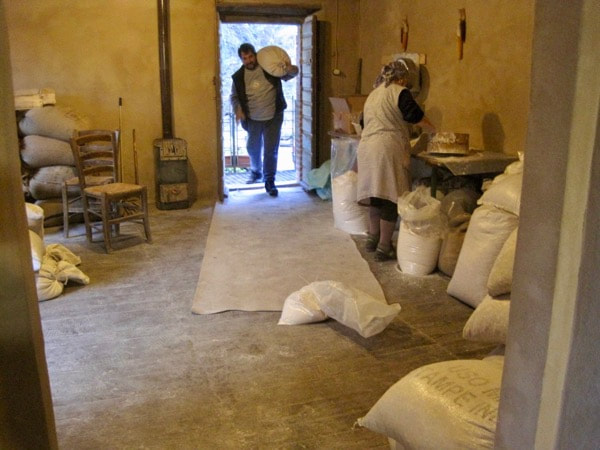
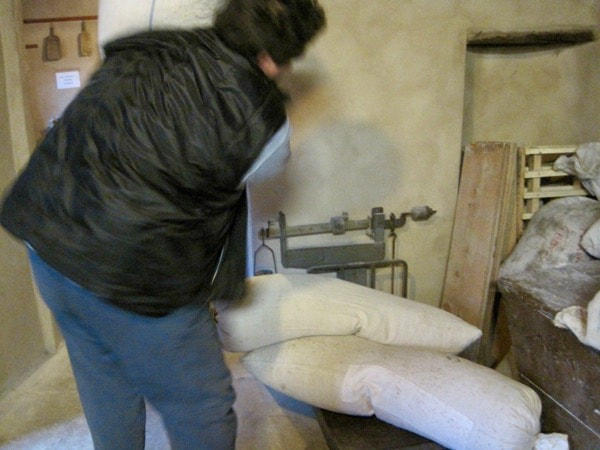
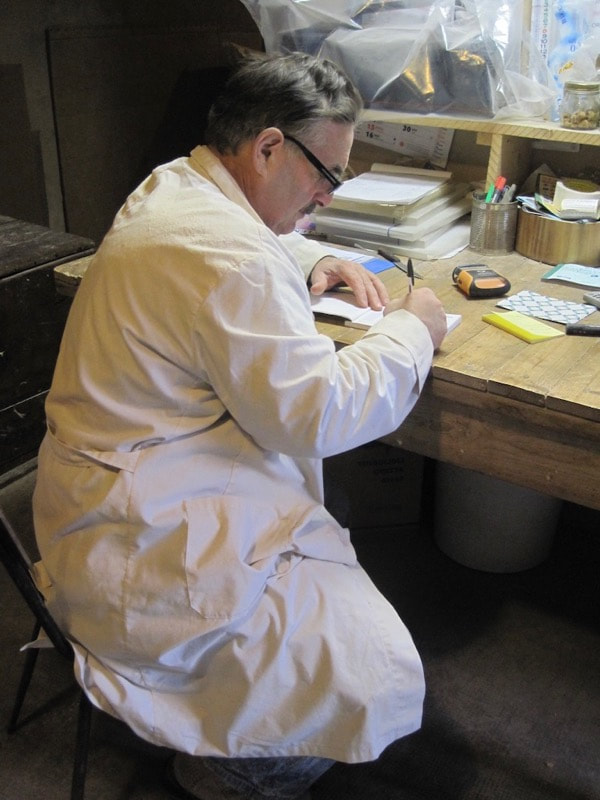
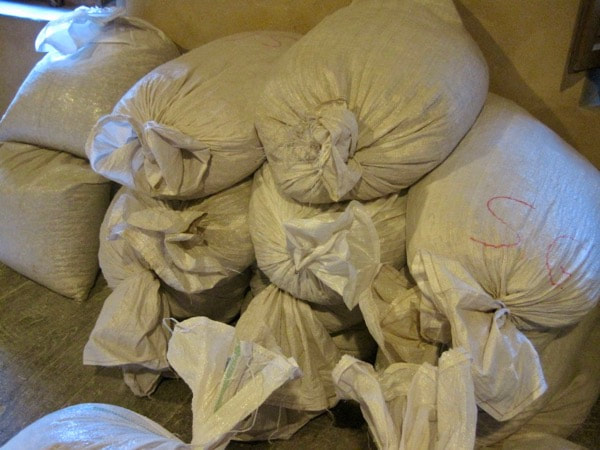
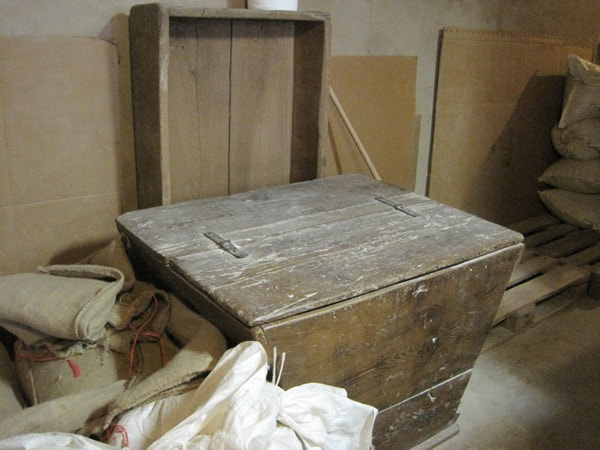
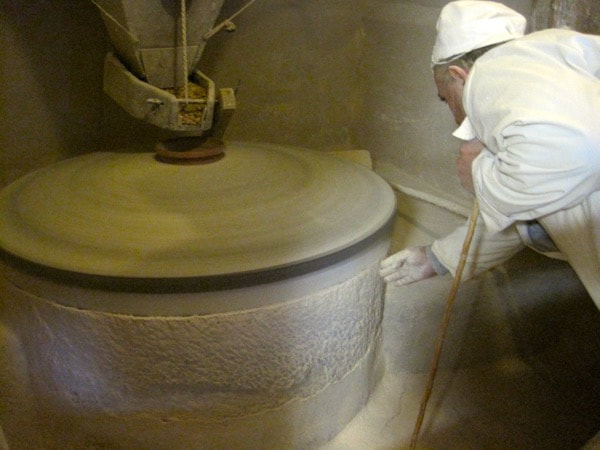
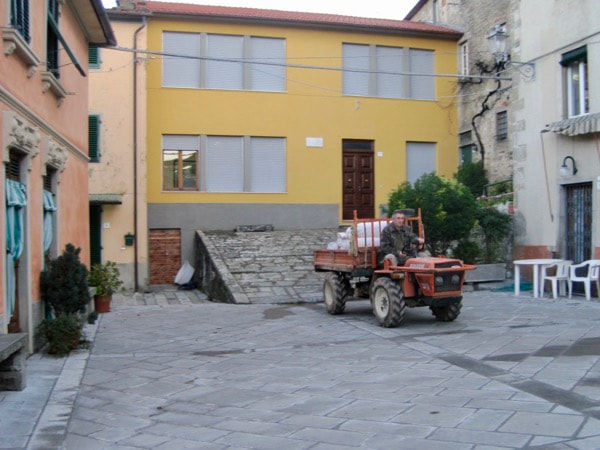

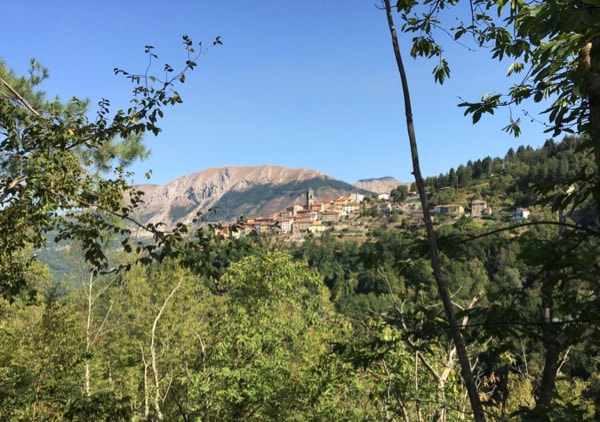
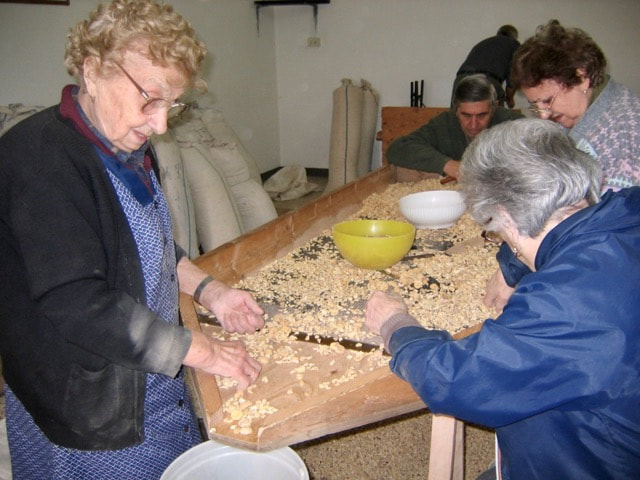
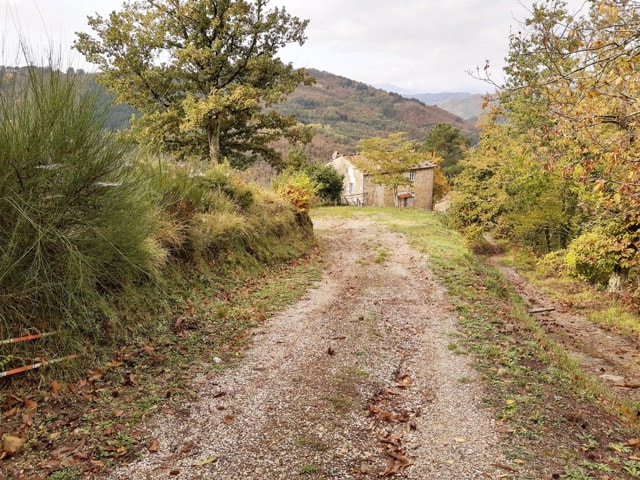
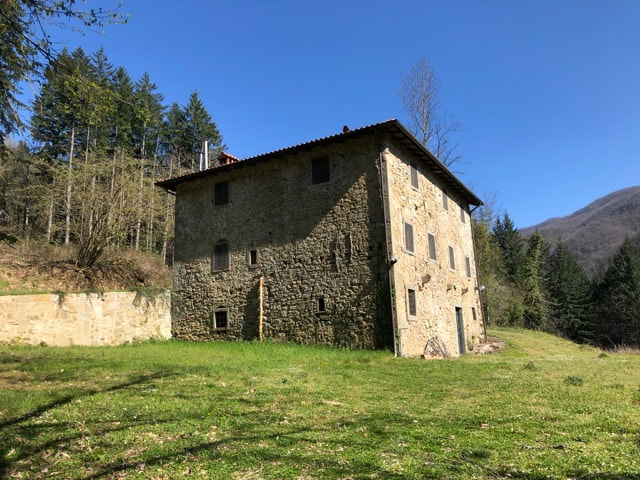
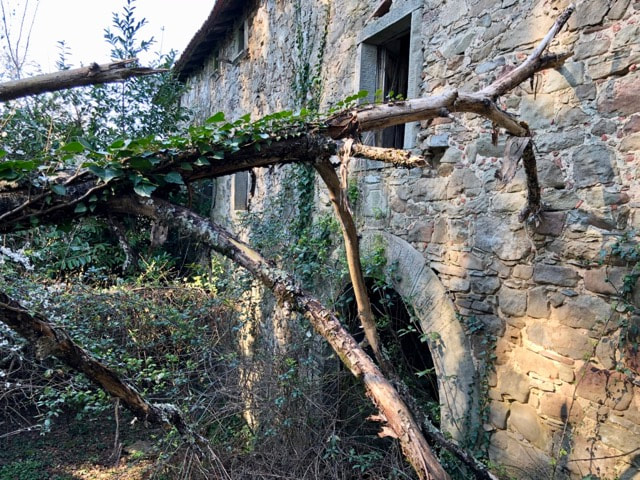
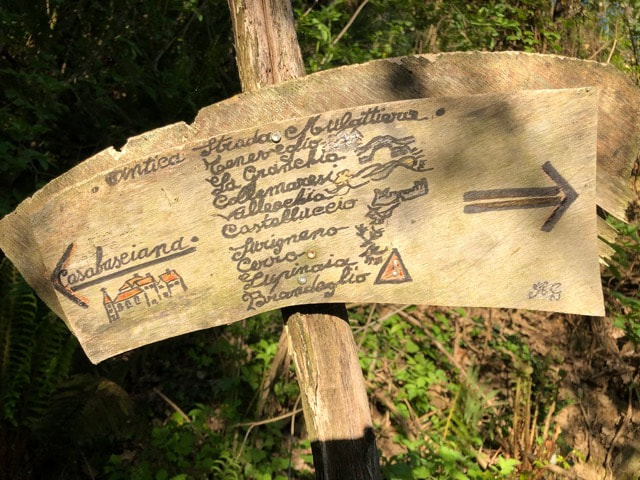
 RSS Feed
RSS Feed



